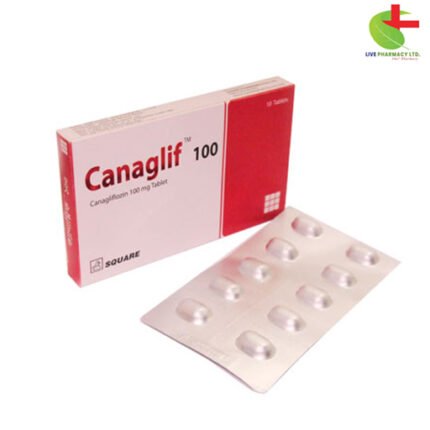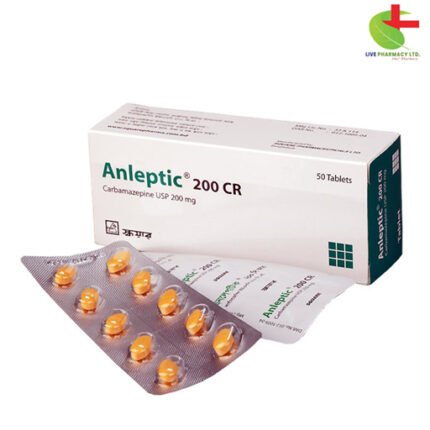Elorim
1,500.00৳ Tube
- Introducing Elorim cream: specially formulated for women seeking to reduce unwanted facial hair.
- Powered by 13.9% eflornithine, Elorim inhibits the anagen phase of hair growth, providing visible results within eight weeks.
- Clinically proven and applied twice daily, it targets specific facial areas, ensuring safe and effective hair reduction.
- Say goodbye to unwanted hair and hello to smoother skin with Elorim cream, your trusted solution.
 Brand
Brand
|
Square Pharmaceuticals PLC |
|---|---|
 Generics
Generics
|
Eflornithine Hydrochloride |
Indications
Elorim cream, containing 13.9% eflornithine, is recommended for diminishing unwanted facial hair in women. Clinical studies have focused solely on facial areas, including under the chin, where unwanted hair growth occurs. Usage should be confined to these specific areas.
Pharmacology
Eflornithine operates by impeding the anagen phase of hair growth. This inhibition is achieved through irreversible binding (also termed suicide inhibition) to ornithine decarboxylase (ODC), obstructing the natural substrate ornithine from accessing the active site.
Dosage & Administration
Application of Eflornithine cream is advised twice daily on affected regions, with an interval of at least eight hours between applications. Its effectiveness has been established solely for facial areas, including under the chin. The dosage should be limited to these regions. Clinical trials have safely used up to 30 grams per month. Improvement may be noticeable within eight weeks of initiation, with continued treatment necessary for sustained benefits. Discontinuation may result in a return to pre-treatment levels within eight weeks. If no improvement is observed within four months, usage should be halted. In some cases, patients may need to combine Eflornithine cream with hair removal methods like shaving or plucking, with application advised at least five minutes post-removal to avoid increased stinging or burning.
Special Populations
No dosage adjustment is required for elderly individuals (>65 years). The safety and efficacy of Eflornithine in pediatric populations (ages 0-18 years) have not been established. Similarly, its use in individuals with hepatic or renal impairment lacks sufficient data, warranting caution, especially in severe renal impairment cases.
Interactions
No interaction studies have been conducted.
Contraindications
Eflornithine cream should not be used by individuals with hypersensitivity to the active substance or any excipients. Excessive hair growth may be indicative of underlying disorders or reactions to certain medications. Eflornithine is meant for cutaneous use only, and contact with eyes or mucous membranes should be avoided. Transient stinging or burning may occur on abraded or broken skin.
Side Effects
Adverse events are typically mild and self-resolving, including acne, pseudofolliculitis, and skin irritation. Continuous monitoring is recommended.
Pregnancy & Lactation
Limited data from clinical trials suggest no adverse effects on mothers or fetuses, but caution is advised, and alternative methods are recommended for pregnant individuals. The excretion of eflornithine/metabolites in breast milk is unknown, necessitating avoidance during breastfeeding.
Precautions & Warnings
If skin irritation persists, reduce application frequency or discontinue use. Consult a physician if irritation persists.
Overdose Effects
Overdose is highly unlikely due to minimal cutaneous penetration. Symptoms mimic those of therapeutic doses of intravenous eflornithine and require immediate cessation of use.
Therapeutic Class
Hair Growth Inhibitor
Storage Conditions
Store at 25°C with excursions permitted between 15°C and 30°C. Avoid freezing.













Reviews
There are no reviews yet.